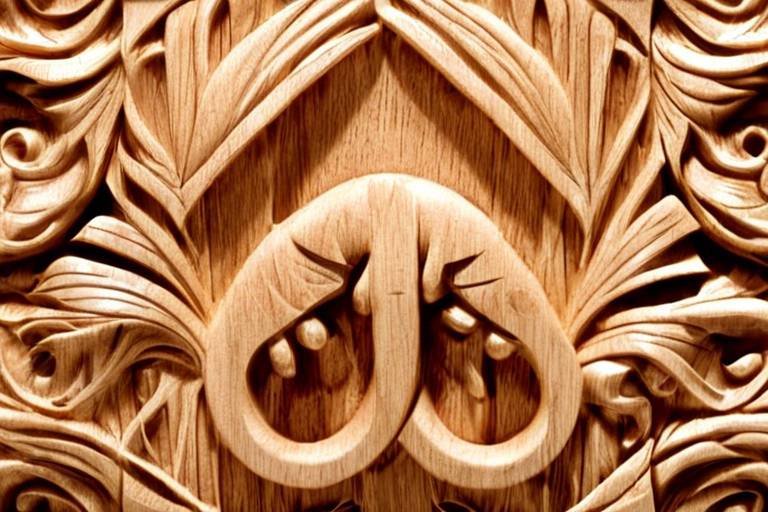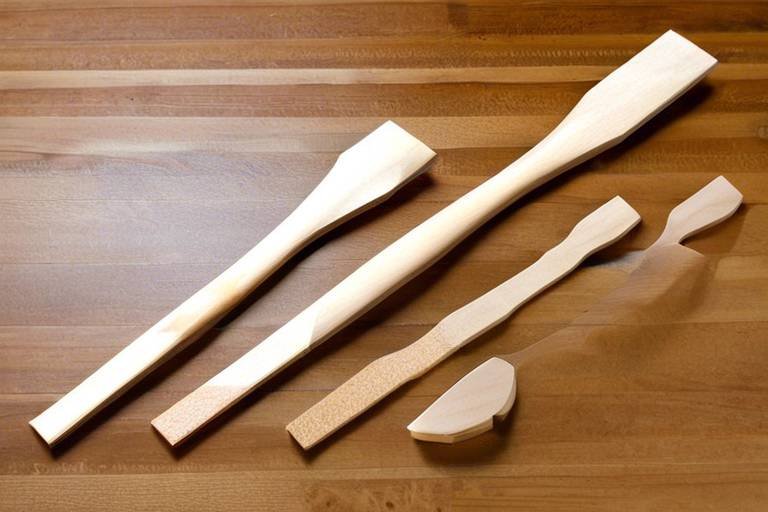Designing a Wooden Terrace: A Step-by-Step Guide
Designing a wooden terrace can feel like embarking on an exciting adventure! Imagine transforming your outdoor space into a personal oasis where you can unwind and entertain guests. Whether you're sipping your morning coffee or hosting a summer barbecue, a well-designed terrace can enhance your lifestyle and increase the value of your home. In this guide, we’ll walk you through every step of the process, from the initial planning stages to the final touches that will make your terrace truly shine.
Effective planning is crucial for a successful wooden terrace. Start by assessing your space; consider the size and shape of your yard and how much sunlight it receives throughout the day. This will help you determine the best layout and design elements that not only enhance aesthetics but also improve functionality. Setting a budget is another essential step. Knowing how much you’re willing to spend will guide your decisions on materials and design choices. Don't forget to think about how you want to use the terrace. Will it be a cozy reading nook, a lively gathering space, or perhaps a garden party venue? These considerations will shape your design and ensure it meets your needs.
Selecting the appropriate materials is vital for durability and appearance. Not all wood is created equal, and the right choice can make all the difference in how your terrace looks and lasts. Here, we will explore different types of wood, finishes, and treatments that can withstand outdoor conditions while complementing your design. For instance, pressure-treated lumber is often favored for its resistance to rot, while hardwoods like teak and mahogany offer stunning aesthetics but come at a higher price point. When making your selection, consider not only the look but also the longevity of the material.
Various wood types offer unique benefits for terrace construction. Popular choices include:
- Cedar: Known for its natural resistance to moisture and insects, cedar is lightweight and easy to work with.
- Redwood: This wood is prized for its rich color and durability, making it an excellent choice for high-end projects.
- Composite Materials: These are made from a mix of wood fibers and plastic, offering the look of wood without the maintenance hassle.
When choosing, think about your climate. For instance, if you live in a humid area, opt for wood that can withstand moisture without warping or rotting.
In today's world, sustainable practices are increasingly important. When selecting materials for your terrace, consider eco-friendly wood options that come from responsibly managed forests. Look for certifications like FSC (Forest Stewardship Council) to ensure your wood has been sourced sustainably. Not only does this reduce your environmental impact, but it also supports sustainable forestry practices.
Applying the right finishes and treatments can extend the life of your terrace. A good sealant can protect the wood from moisture and UV rays, while stains can enhance its natural beauty. Here are some options to consider:
- Water-Based Sealants: These are easy to apply and dry quickly, making them a convenient choice for DIY enthusiasts.
- Oil-Based Stains: They penetrate deeper into the wood, offering better protection but requiring more time to dry.
Whichever you choose, ensure that it complements the overall look of your terrace while providing the necessary protection.
A well-thought-out layout maximizes space and functionality. Start by sketching your ideas, considering flow and seating arrangements. Think about how you want to integrate the terrace with your garden or home. For example, if you have a beautiful view, position seating to take advantage of it. You might also want to include features like planters or a pergola for added charm and shade. The goal is to create a space that feels inviting and functional, making it a place where you’ll want to spend time.
Understanding construction techniques is essential for building a sturdy terrace. This section will cover foundational methods, framing, and deck installation, ensuring your project is both safe and visually appealing. Remember, a solid foundation is the backbone of your terrace; without it, all your efforts could go to waste!
A strong foundation is critical for any terrace. Depending on your location and the size of your structure, you might choose between concrete footings and piers. Concrete footings provide a solid base and are ideal for larger terraces, while piers can be a good choice for smaller projects. Whatever method you choose, ensure it complies with local building codes to guarantee safety and durability.
Proper framing and decking installation techniques are crucial for structural integrity. Start with the framing, ensuring it is square and level. Once your frame is in place, securely install the decking boards, leaving space for expansion and contraction. This step is where your terrace starts to take shape, and seeing it come together can be incredibly rewarding!
Regular maintenance is key to preserving your wooden terrace. To keep it looking beautiful and functional for years to come, consider the following tips:
- Clean your terrace regularly to remove dirt and debris.
- Apply sealants and stains as needed to protect the wood.
- Inspect for any signs of damage or wear, addressing issues promptly to avoid more extensive repairs later.
By investing a little time in maintenance, you can enjoy your terrace for many seasons to come.
Q: How often should I clean my wooden terrace?
A: It's best to clean your terrace at least once a season to remove dirt, debris, and prevent mold growth.
Q: What is the best wood for a terrace in a humid climate?
A: Cedar and composite materials are excellent choices for humid climates due to their moisture resistance.
Q: Can I build a wooden terrace myself?
A: Yes! With the right tools and guidance, many homeowners can successfully build their own terrace.
Q: How can I enhance the aesthetics of my terrace?
A: Consider adding decorative planters, outdoor furniture, and lighting to create an inviting atmosphere.
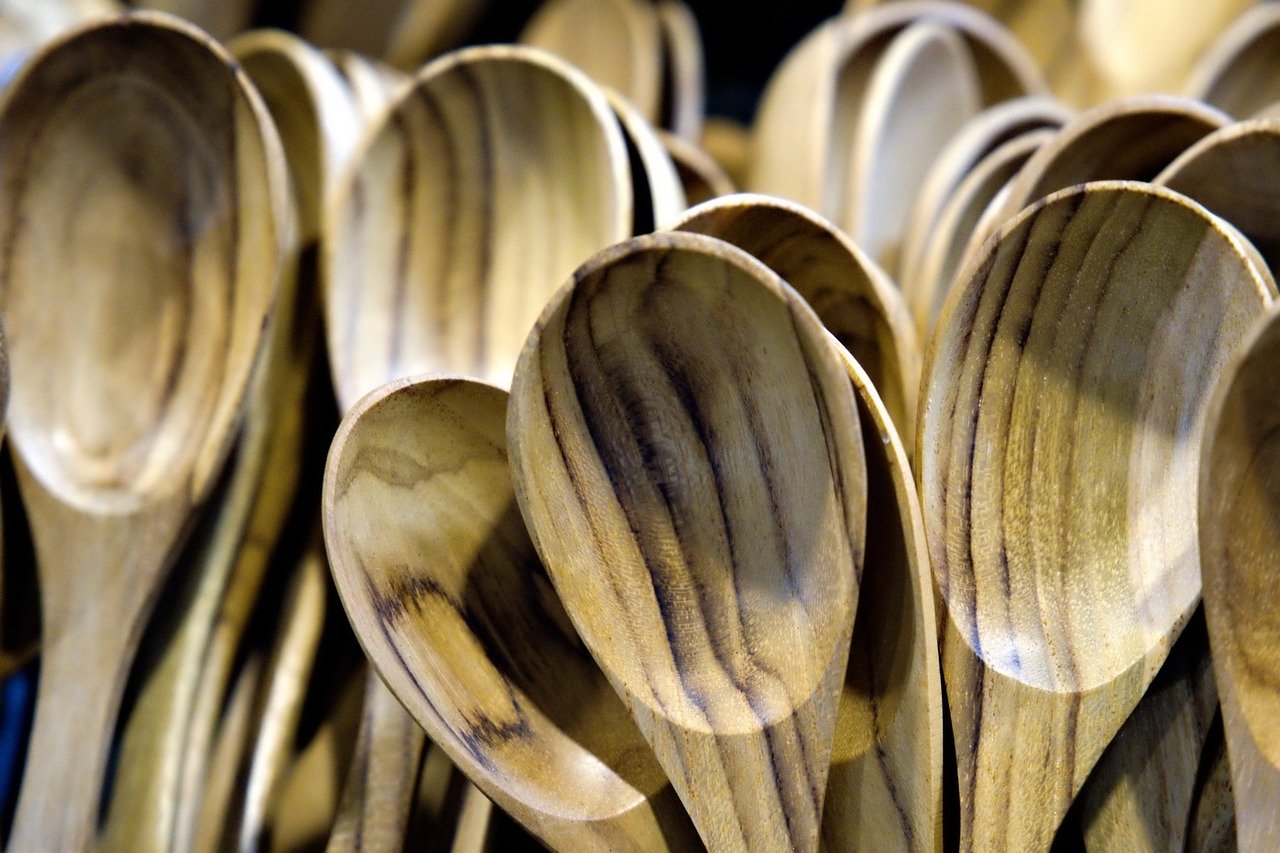
Planning Your Terrace Design
Effective planning is crucial for a successful wooden terrace. Imagine stepping out of your home onto a beautiful wooden deck that perfectly complements your garden and lifestyle. Sounds dreamy, right? But before you dive into construction, you need to assess your space, set a budget, and consider various design elements that not only enhance aesthetics but also improve functionality.
First, take a good look at your outdoor area. Measure the dimensions and note any existing features like trees, pathways, or garden beds that could impact your design. This is your blank canvas, so think about how you want to use the terrace. Will it be a cozy spot for morning coffee, a lively space for entertaining friends, or perhaps a serene retreat for relaxation? Understanding your needs will guide your design choices.
Next, let’s talk about budgeting. Establishing a budget is vital to avoid overspending and ensure you can complete your project without financial stress. Consider all potential costs, including:
- Materials (wood, screws, nails, etc.)
- Labor (if you're hiring professionals)
- Permits (if required in your area)
- Finishes and treatments
- Landscaping around the terrace
Once you have a budget in mind, it’s time to think about design elements. A well-designed terrace should flow seamlessly with your home and garden. Consider the following:
- Seating Arrangements: Will you have built-in benches, lounge chairs, or a dining table? Make sure to plan for enough space to move around comfortably.
- Integration with Nature: Think about how your terrace will interact with your garden. Will you have flower beds, potted plants, or even a water feature nearby?
- Shade and Sunlight: Consider the sun's path and how it affects your terrace throughout the day. You might want to incorporate awnings or pergolas for shade.
Finally, sketch out your design. You don’t need to be an artist; a simple drawing will help visualize your ideas. Mark where you want to place furniture, plants, and any other features. This sketch will serve as a valuable reference when you start the construction process.
In summary, planning your terrace design involves assessing your space, setting a realistic budget, and considering how you want to use the area. By taking the time to think through these elements, you'll set the foundation for a stunning and functional outdoor space that you can enjoy for years to come.
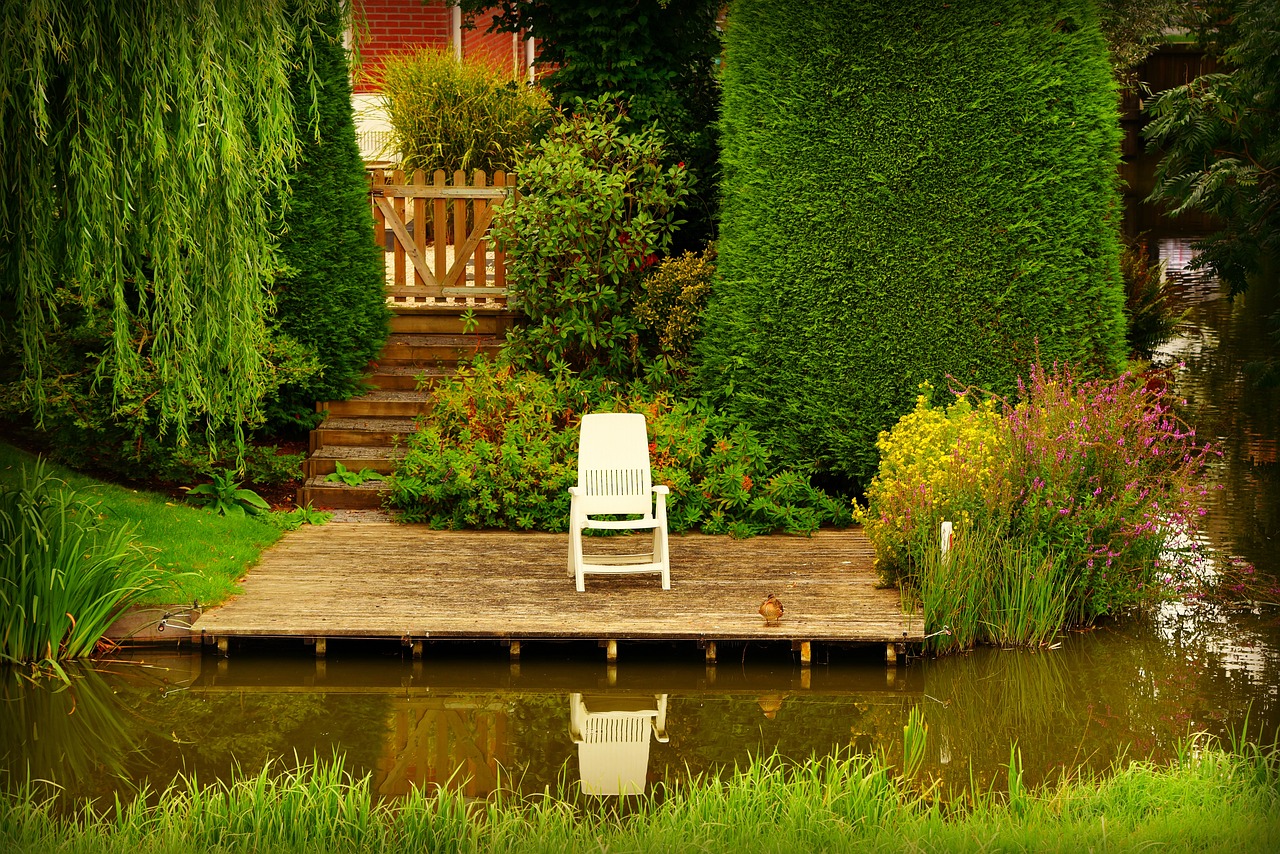
Choosing the Right Materials
When it comes to designing your wooden terrace, selecting the right materials is not just about aesthetics; it's about ensuring durability and longevity. After all, you want your outdoor space to withstand the elements while looking fantastic! So, how do you navigate the myriad of options available? First, consider the type of wood that suits your needs and environment. Different woods come with unique properties that can affect everything from the look to the maintenance requirements of your terrace.
Popular choices include cedar, known for its natural resistance to decay and insects, making it a great option for humid climates. Then there's redwood, which not only offers a stunning rich color but also boasts similar durability. If you're looking for something a bit more modern, composite materials can be an excellent choice. These materials are made from a blend of wood fibers and plastic, providing a low-maintenance alternative that doesn’t compromise on style.
Now, let’s talk about the finishes and treatments that can elevate your terrace's appearance while protecting it from the elements. A good quality sealant can prevent water damage and fading from UV rays, while stains can enhance the wood's natural beauty. It’s essential to choose products that are designed for outdoor use, as they will offer the best protection against rain, sun, and snow.
To help you make an informed decision, here’s a quick comparison of popular materials:
| Material | Durability | Maintenance | Cost |
|---|---|---|---|
| Cedar | High | Low | Moderate |
| Redwood | High | Low | Higher |
| Composite | Very High | Very Low | Higher |
As you consider your options, also think about the environmental impact of your choices. Sustainable practices are becoming increasingly important in construction. Look for woods that are certified by organizations like the Forest Stewardship Council (FSC), ensuring that your materials are sourced responsibly. This not only helps the environment but can also enhance the appeal of your terrace to eco-conscious guests.
In conclusion, choosing the right materials for your wooden terrace involves a balance of aesthetics, durability, and environmental considerations. By taking the time to research and select the best options, you’re setting the foundation for a stunning outdoor space that you’ll enjoy for years to come.
- What type of wood is best for a terrace? Cedar and redwood are excellent choices due to their natural resistance to decay. Composite materials are also great for low maintenance.
- How often should I treat my wooden terrace? It’s recommended to apply a protective sealant every 1-3 years, depending on your climate and the product used.
- Can I use treated lumber for my terrace? Yes, but ensure it is rated for outdoor use and safe for your intended application.

Types of Wood for Terraces
When it comes to designing your wooden terrace, the choice of wood is not just a matter of aesthetics; it’s a decision that can impact the durability, maintenance, and overall feel of your outdoor space. Different types of wood bring distinct characteristics, making it essential to understand what each option offers. Let’s dive into some popular choices that could be perfect for your terrace.
Cedar is often a top contender for terrace construction. Known for its natural resistance to decay and insects, cedar is a lightweight wood that is easy to work with. Its rich, warm tones can enhance the visual appeal of your terrace, giving it a cozy and inviting atmosphere. However, it’s important to note that cedar requires regular maintenance to preserve its color and prevent fading. If you’re looking for a wood that combines beauty and resilience, cedar might just be the right fit for you.
On the other hand, redwood offers a stunning aesthetic with its deep reddish hues and tight grain. Like cedar, redwood is also resistant to decay, making it an excellent choice for outdoor applications. One of the standout features of redwood is its ability to maintain its color over time, especially when treated with the right finishes. However, it can be more expensive than cedar, so it’s essential to factor that into your budget.
If you’re leaning towards a more modern solution, consider composite materials. These are engineered products made from a blend of wood fibers and recycled plastic, providing the look of wood without the same level of maintenance. Composite decking is highly durable, resistant to fading, and does not splinter, making it a safe option for families with children or pets. Although it may lack the natural aesthetic of real wood, many brands offer finishes that closely mimic the appearance of traditional wood.
In addition to these popular choices, there are also a few other wood types worth mentioning. For instance, ipe, a Brazilian hardwood, is renowned for its incredible hardness and resistance to wear. It has a rich, dark color that adds a touch of elegance to any terrace. However, its density makes it more challenging to work with, so it may not be the best choice for DIY enthusiasts.
Another alternative is teak, famous for its water-resistant properties and beautiful golden-brown color. Teak is often used for high-end outdoor furniture and decking due to its durability and low maintenance requirements. However, the cost of teak can be quite high, so it’s essential to weigh your options based on your budget and aesthetic preferences.
To help you make an informed decision, here’s a quick comparison of some common wood types:
| Type of Wood | Durability | Maintenance | Cost |
|---|---|---|---|
| Cedar | Moderate | Regular sealing required | Moderate |
| Redwood | High | Occasional sealing | Higher |
| Composite | Very High | Minimal | Moderate to High |
| Ipe | Very High | Minimal | Very High |
| Teak | High | Occasional oiling | Very High |
Ultimately, the choice of wood for your terrace will depend on your personal preferences, budget, and the climate in your area. Whether you choose the warmth of cedar, the elegance of redwood, or the durability of composite materials, each option has its unique benefits that can transform your outdoor space into a stunning retreat.
- What is the best wood for a terrace? The best wood depends on your specific needs and budget. Cedar and redwood are popular for their beauty and durability, while composite materials offer low maintenance.
- How often should I maintain my wooden terrace? Regular maintenance varies by wood type, but generally, sealing every 1-3 years is recommended to protect against weathering.
- Can I use pressure-treated wood for my terrace? Yes, pressure-treated wood is a viable option, especially for budget-conscious projects. However, it may require additional finishing to enhance its appearance.

Environmental Considerations
When it comes to designing a wooden terrace, should be at the forefront of your planning process. In today’s world, where sustainability is more than just a buzzword, choosing eco-friendly materials and practices can make a significant difference. Not only does it help in reducing your carbon footprint, but it also ensures that your terrace can be enjoyed for generations without compromising the health of our planet.
One of the first steps in making environmentally conscious choices is to select wood that is sourced from sustainable forests. Look for products that have certifications from organizations like the Forest Stewardship Council (FSC) or the Programme for the Endorsement of Forest Certification (PEFC). These certifications indicate that the wood has been harvested in a way that is environmentally responsible and socially beneficial. By opting for certified wood, you’re not just building a terrace; you’re making a commitment to the environment.
Another important aspect to consider is the type of wood you choose. While traditional options like cedar and redwood are popular, they may not always be the most sustainable choices. Instead, consider alternatives such as bamboo or reclaimed wood, which can provide durability and an aesthetic appeal while minimizing environmental impact. Bamboo, for instance, is a rapidly renewable resource that grows back quickly after harvesting, making it a fantastic choice for eco-conscious builders.
Moreover, the finishes and treatments you apply to your wooden terrace play a crucial role in its environmental footprint. Many conventional stains and sealants contain harmful chemicals that can leach into the soil and waterways. Instead, look for low-VOC (volatile organic compounds) or water-based finishes that are safer for both the environment and your health. These options not only protect your wood but also help in maintaining a healthy ecosystem around your outdoor space.
Incorporating native plants into your terrace design can also enhance its environmental friendliness. Native plants are adapted to the local climate and soil conditions, requiring less water and maintenance compared to non-native species. By landscaping with native flora, you can create a beautiful, low-maintenance garden that supports local wildlife, including bees and butterflies, which are essential for pollination.
In conclusion, as you embark on the journey of designing your wooden terrace, remember that every choice you make can have a lasting impact on the environment. By prioritizing sustainable materials, eco-friendly finishes, and thoughtful landscaping, you can create an outdoor space that not only looks stunning but also contributes positively to the planet. So, why not take that extra step and make your terrace a beacon of sustainability?
- What is the best wood for an eco-friendly terrace?
Consider using bamboo or reclaimed wood, as they are more sustainable options compared to traditional woods. - How can I ensure my terrace is environmentally friendly?
Opt for FSC or PEFC certified wood, use low-VOC finishes, and incorporate native plants into your design. - Are there any specific treatments I should avoid?
Avoid conventional stains and sealants that contain harmful chemicals. Look for eco-friendly alternatives instead.
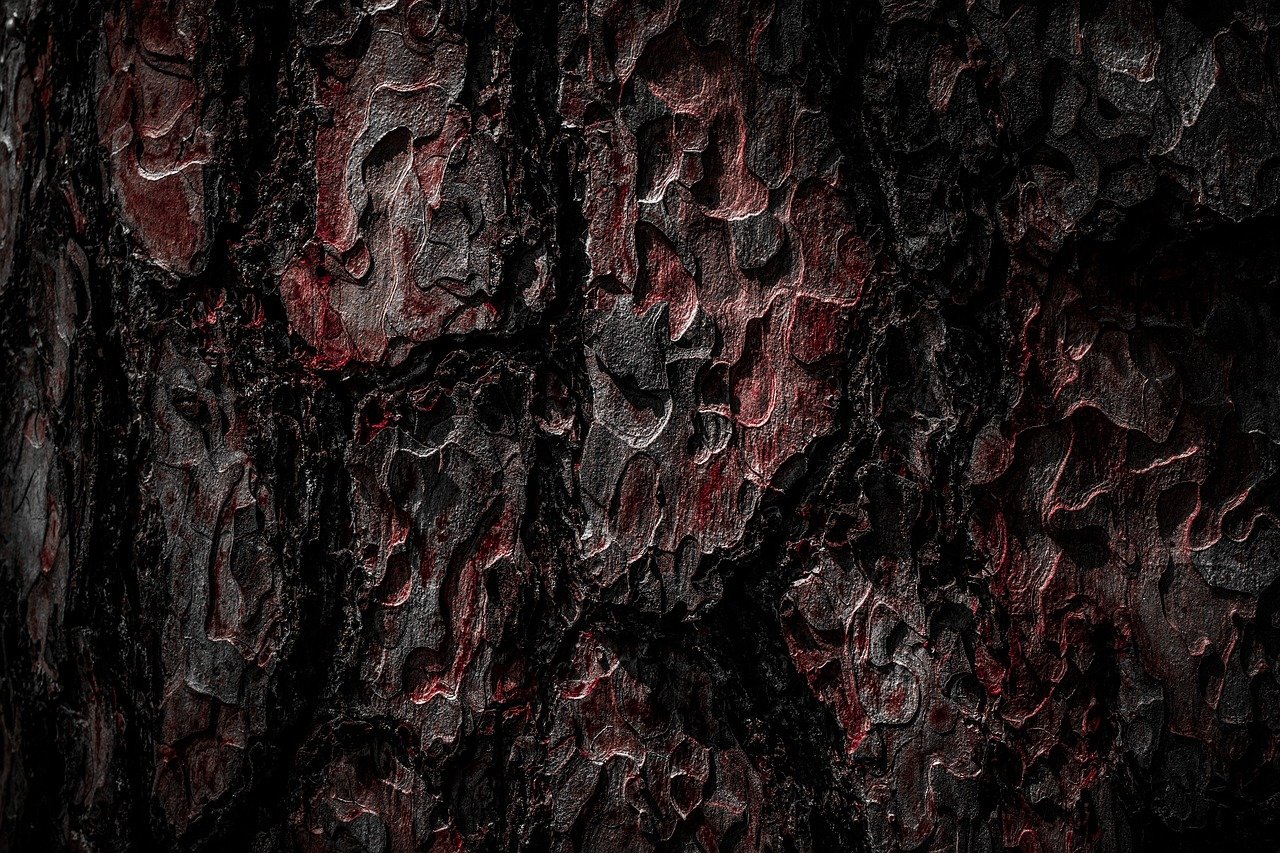
Finishes and Treatments
When it comes to designing a wooden terrace, one of the most significant aspects that often gets overlooked is the choice of . These elements not only enhance the aesthetic appeal of your terrace but also play a crucial role in its longevity and durability. Imagine investing time and money into building a stunning wooden terrace, only to see it deteriorate due to harsh weather conditions or neglect. Choosing the right finishes and treatments is like putting a protective armor on your wooden deck, ensuring it stands the test of time.
There are several types of finishes available, each offering unique benefits. For example, stains are a popular choice as they penetrate the wood, providing color while still allowing the natural grain to show through. They come in various shades, enabling you to achieve the exact look you desire. On the other hand, paints provide a solid color finish that can completely transform the appearance of your terrace. However, they tend to hide the wood grain and may require more frequent maintenance to prevent peeling.
Another essential treatment to consider is sealing. A good sealant acts as a barrier against moisture, preventing water from seeping into the wood and causing damage. It’s particularly important if you live in an area with high humidity or frequent rain. There are two main types of sealants: penetrating sealers, which soak into the wood, and surface sealers, which form a protective layer on top. Each has its advantages, depending on your specific needs.
Here’s a quick comparison of some common finishes and treatments:
| Type | Benefits | Durability | Maintenance |
|---|---|---|---|
| Stain | Enhances grain, offers color | Moderate | Reapply every 2-3 years |
| Paint | Solid color, hides imperfections | High | Reapply every 3-5 years |
| Penetrating Sealer | Water-resistant, enhances natural look | High | Reapply every 2-3 years |
| Surface Sealer | Forms a protective layer | Moderate | Reapply every 1-2 years |
In addition to these options, don’t forget about the importance of UV protection. The sun's rays can cause wood to fade and become brittle over time. Look for finishes that include UV blockers to keep your terrace looking vibrant and new.
Ultimately, the choice of finishes and treatments should align with your personal style, the climate of your area, and the level of maintenance you’re willing to commit to. A little bit of effort in selecting the right products can make a world of difference in the appearance and lifespan of your wooden terrace. So, take your time, do your research, and give your terrace the protection it deserves!
- How often should I apply sealant to my wooden terrace? It's recommended to reapply sealant every 2-3 years, but this can vary based on weather conditions and usage.
- Can I use indoor wood finishes on my terrace? No, indoor finishes are not designed to withstand outdoor conditions and may not provide adequate protection.
- What is the best way to clean my wooden terrace? Use a gentle soap solution and a soft brush to clean your terrace, avoiding harsh chemicals that can damage the wood.
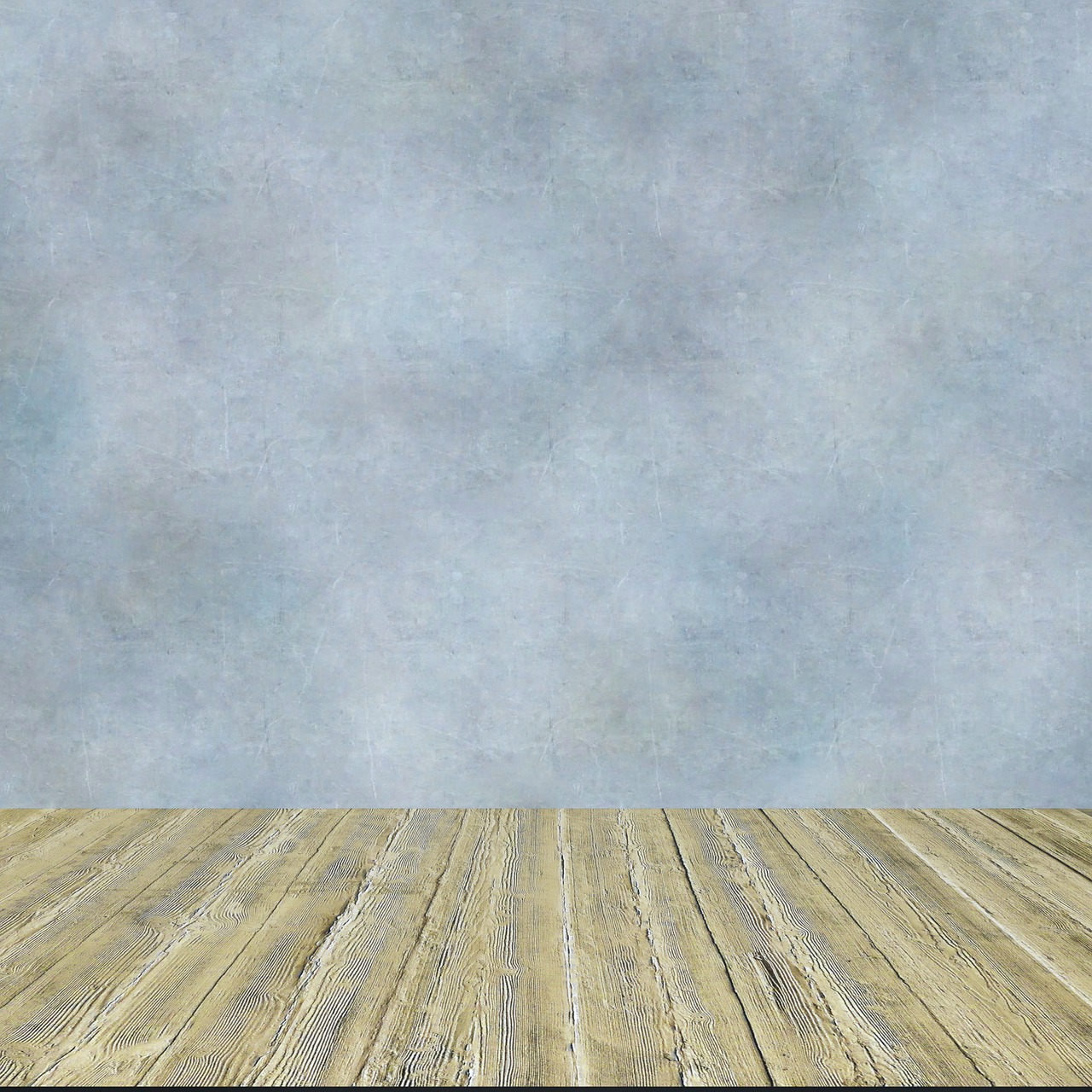
Designing the Layout
When it comes to designing your wooden terrace, the layout is everything. Imagine stepping out of your home and being greeted by a beautifully arranged space that invites you to relax and enjoy the outdoors. A well-thought-out layout not only maximizes the available space but also enhances the functionality of your terrace. So, how do you create a layout that feels just right? Let’s dive into the essentials!
First and foremost, consider the flow of movement. You want your terrace to feel open and accessible, so think about how people will move through the space. Will there be a clear path from your home to the seating area? Is there enough room for guests to mingle without feeling cramped? These are vital questions to ponder. A good rule of thumb is to ensure at least three feet of walking space in high-traffic areas. This way, you can avoid the awkward shuffle that often happens when guests are trying to navigate tight spaces.
Next, let’s talk about seating arrangements. The seating you choose can dramatically affect the vibe of your terrace. Are you aiming for a cozy, intimate setting or a lively area for entertaining? Consider the following options:
- Sectional sofas: Great for maximizing seating while creating a relaxed atmosphere.
- Chairs and tables: Ideal for a more formal dining setup.
- Loungers: Perfect for sunbathing or simply kicking back with a good book.
By mixing and matching these elements, you can create a layout that caters to various activities, from quiet mornings with coffee to vibrant evening gatherings.
Now, don’t forget about the integration with your garden or home! Your terrace should feel like a natural extension of your living space. Consider how your terrace interacts with your garden—do you want to include planters for greenery, or perhaps a small water feature to add a serene touch? These elements can create a harmonious flow between your indoor and outdoor spaces.
Another critical aspect is the orientation of your terrace. Think about the sun’s path and how it affects your space throughout the day. If you love basking in the sun, a south-facing terrace might be ideal. However, if you prefer shade, consider positioning your seating areas under an awning or nearby trees. This not only enhances comfort but also protects your furniture from the elements.
Lastly, let’s not overlook lighting! Proper lighting can transform your terrace into a magical evening oasis. Think about incorporating a mix of ambient, task, and accent lighting to create a warm and inviting atmosphere. String lights, lanterns, and solar-powered garden lights are fantastic options to consider. They not only provide illumination but also add a touch of charm to your outdoor space.
In summary, designing the layout of your wooden terrace involves a blend of thoughtful planning and creative expression. By considering flow, seating arrangements, integration with your garden, orientation, and lighting, you can create a stunning outdoor retreat that reflects your personal style and meets your needs. So grab your sketchpad, start brainstorming, and let your imagination run wild!
Here are some common questions people have when designing their wooden terrace:
- What is the best size for a wooden terrace?
The size of your terrace depends on your available space and how you intend to use it. A larger terrace allows for more seating and features, while a smaller one can be cozy and intimate. - How do I choose the right furniture for my terrace?
Consider the style and size of your terrace. Opt for weather-resistant materials and choose furniture that complements your overall design. - What maintenance is required for a wooden terrace?
Regular cleaning, sealing, and inspection for damage are essential to keep your terrace looking beautiful and prolong its lifespan.
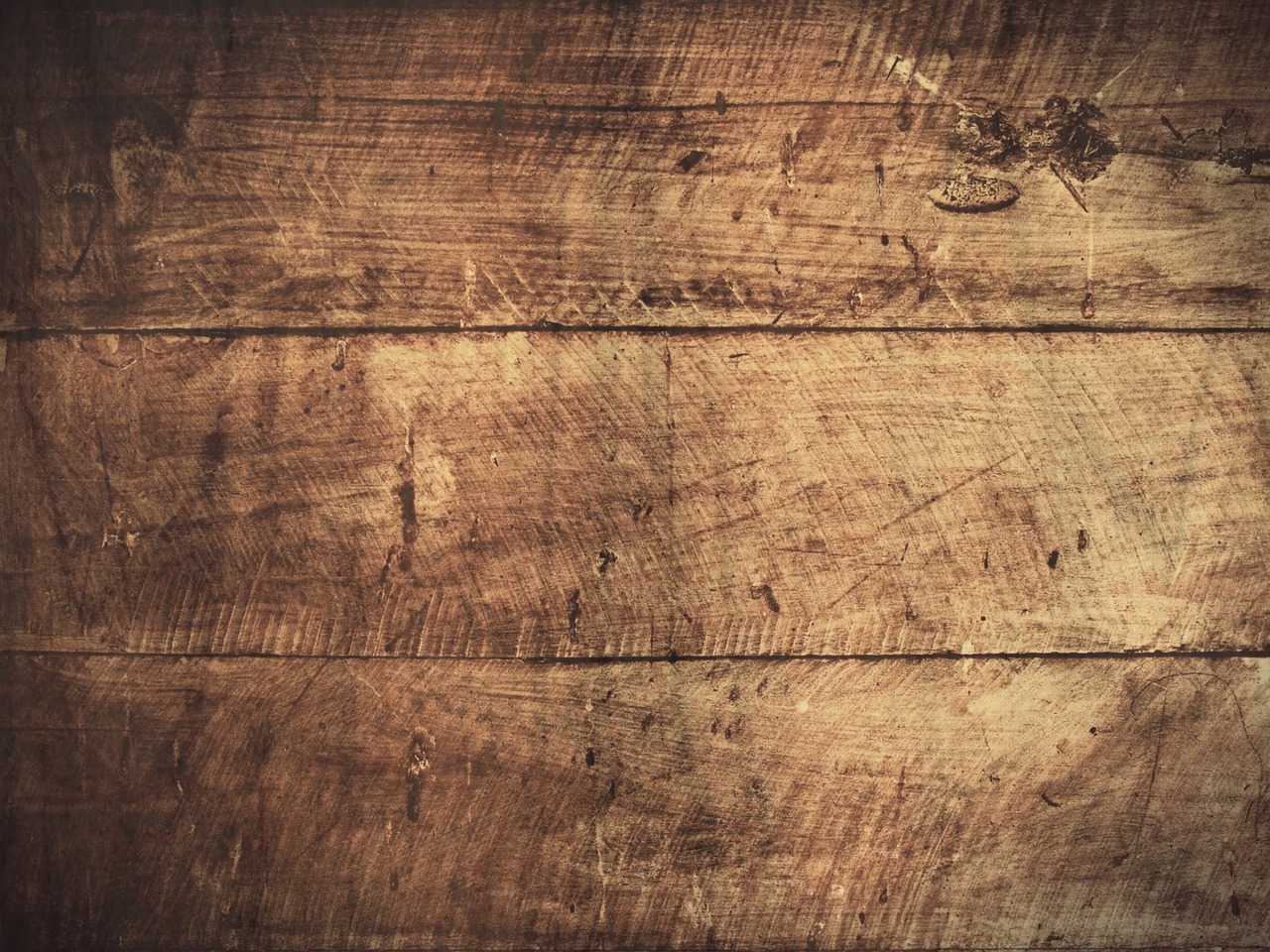
Construction Techniques
When it comes to creating a stunning wooden terrace, understanding the right is essential. You wouldn't want your beautiful outdoor space to crumble under pressure, right? So, let’s dive into the nitty-gritty of building a terrace that’s not just aesthetically pleasing but also sturdy and long-lasting.
The first step in your construction journey is to establish a strong foundation. Think of it like the roots of a tree; without a solid base, everything above it is at risk. There are several types of foundations you can choose from, but two of the most popular options for wooden terraces are concrete footings and piers. Concrete footings provide a stable, level surface that can support the weight of your terrace, while piers elevate your structure, allowing for better drainage and air circulation.
Here’s a quick comparison of the two foundation types:
| Foundation Type | Advantages | Disadvantages |
|---|---|---|
| Concrete Footings | Stable, level, good for heavy loads | More labor-intensive, requires curing time |
| Piers | Better drainage, easier to install | May not support heavy structures as well |
Once you've decided on your foundation, the next step is framing. This is where the skeleton of your terrace comes to life. Proper framing ensures that your terrace can withstand the elements and the weight of any furniture or foot traffic. Use pressure-treated lumber for the framing, as it’s designed to resist rot and insect damage. When framing, make sure to follow these key points:
- Ensure that all beams are level and square.
- Space your joists according to the decking material you’ll be using, typically 16 inches apart.
- Use galvanized screws or nails to prevent rusting.
After framing comes the exciting part: deck installation. This is where your terrace really starts to take shape! Begin by laying down your decking boards perpendicular to the joists. This not only adds strength but also provides a visually appealing pattern. Make sure to leave a small gap between the boards to allow for water drainage and expansion. Remember, the installation technique can vary based on the type of decking material you choose, whether it’s traditional wood or composite.
To secure your decking boards, use the same galvanized fasteners you used for framing. This will ensure that everything stays in place for years to come. As you work, take a moment to step back and admire your progress. There’s nothing quite like the feeling of building something with your own hands!
Lastly, don’t forget about the finishing touches. After your terrace is built, consider adding features like railings, built-in seating, or even planters to enhance the overall look and functionality of your space. These elements can transform your terrace from a simple deck into a beautiful outdoor oasis that you and your family will enjoy for years.
In summary, building a wooden terrace involves careful planning and execution of construction techniques that prioritize both strength and beauty. With a solid foundation, proper framing, and thoughtful deck installation, you can create a stunning outdoor space that will be the envy of your neighborhood.
Here are some common questions people have when it comes to constructing a wooden terrace:
- How long will my wooden terrace last? - With proper maintenance, a wooden terrace can last anywhere from 10 to 30 years.
- Do I need a permit to build a terrace? - This varies by location; it's best to check with your local building authority.
- What type of wood is best for outdoor use? - Cedar and redwood are popular choices due to their natural resistance to decay.

Building the Foundation
When it comes to constructing a wooden terrace, one of the most critical aspects is ensuring a solid foundation. Think of your terrace as a house: without a sturdy base, everything above it is at risk. A well-built foundation not only supports the weight of the structure but also protects it from the elements, ensuring longevity and stability. So, what are the best practices for building a strong foundation? Let’s dive into the essential elements you should consider.
First and foremost, you need to decide on the type of foundation that best suits your terrace. There are several options available, each with its unique benefits and considerations. Here’s a brief overview of the most common foundation types:
| Foundation Type | Description | Best For |
|---|---|---|
| Concrete Footings | Deep, poured concrete blocks that support the weight of the terrace. | Heavy structures and uneven terrain. |
| Piers | Concrete or wooden posts that elevate the terrace above the ground. | Areas prone to flooding or where soil conditions are poor. |
| Deck Blocks | Pre-cast concrete blocks that provide a stable base for posts. | Lightweight structures and DIY projects. |
Once you've chosen the foundation type, the next step is to prepare the site. This involves clearing the area of debris, rocks, and vegetation. It’s essential to ensure a level surface for your foundation to prevent any future issues with stability. You might need to use a level and a measuring tape to mark out the dimensions of your terrace accurately.
After preparing the site, the next phase is excavation. Depending on the foundation type you selected, you’ll need to dig holes for footings or piers. The depth of these holes is crucial and typically depends on local building codes and frost lines in your area. A general rule of thumb is to dig at least 12 inches below the frost line to prevent shifting during freeze-thaw cycles.
Once your holes are dug, it’s time to pour concrete for footings or set your piers in place. If you’re using concrete, make sure to mix it according to the manufacturer's instructions and pour it evenly into the holes. Allow the concrete to cure fully, which usually takes several days, depending on the weather conditions. This step is vital; rushing it could lead to cracks and instability.
After your concrete has set, you can begin framing your terrace. This involves installing posts or beams that will support the decking. It’s essential to ensure that the framing is square and level; otherwise, your entire terrace could end up looking crooked. Use a level and a square tool to check your work as you go along.
In summary, building a strong foundation for your wooden terrace is not just about aesthetics; it’s about ensuring safety and durability. By selecting the right foundation type, preparing your site properly, and following through with careful construction practices, you can create a terrace that stands the test of time.
- How deep should my footings be? It generally depends on local building codes, but a depth of at least 12 inches below the frost line is recommended.
- Can I build a wooden terrace on a slope? Yes, but you may need to use piers or a stepped foundation to maintain a level surface.
- What is the best material for footings? Concrete is often the best choice due to its durability and strength.
- How long does it take for concrete to cure? Concrete typically takes about 7 days to cure enough for light use, but full strength can take up to 28 days.
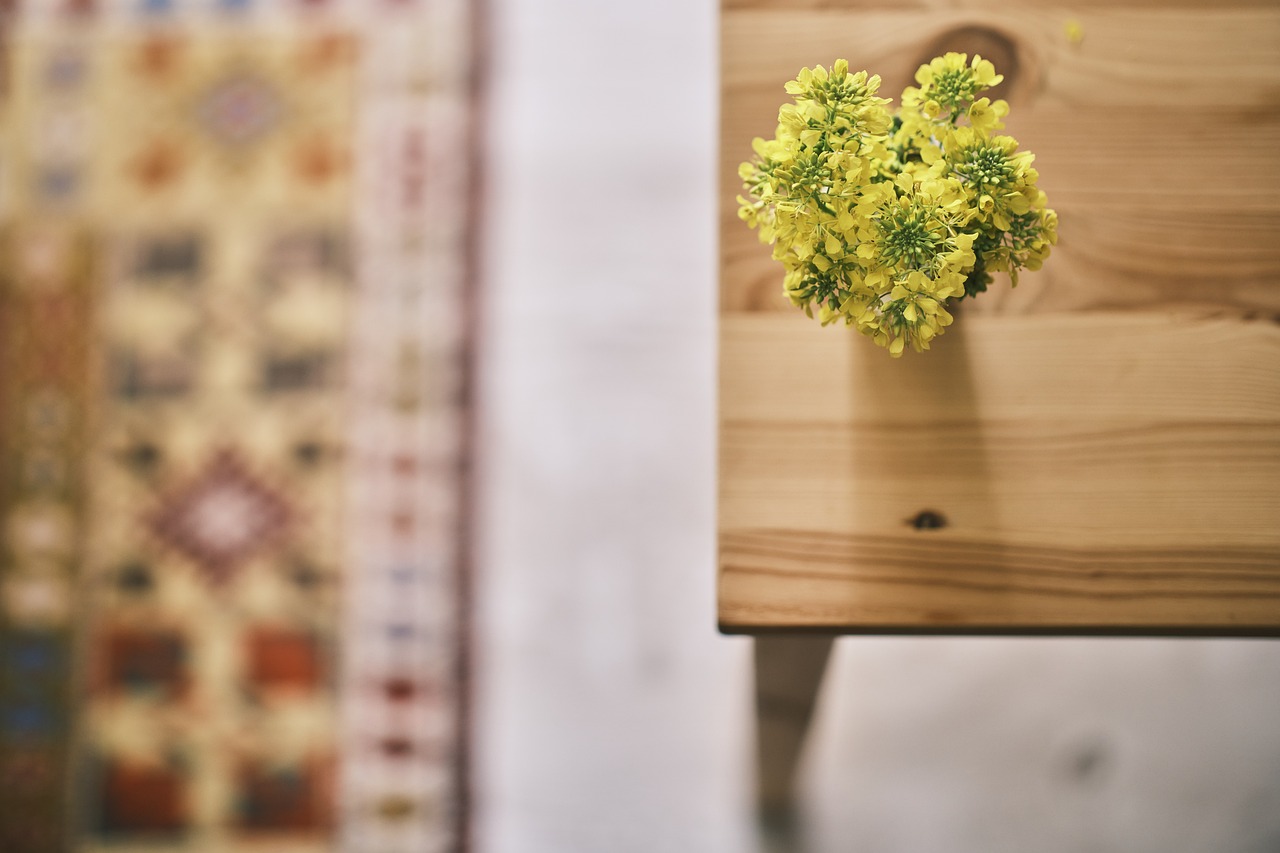
Framing and Decking Installation
Once you’ve laid the groundwork for your wooden terrace, it’s time to dive into the . This phase is where your vision truly starts to take shape, and it’s essential to get it right. Think of the frame as the skeleton of your terrace; it needs to be strong and well-structured to support everything that will come afterward. So, let’s break it down step-by-step!
First things first, you’ll want to gather all the necessary tools and materials. You’ll need treated lumber for the framing, decking boards, screws, a level, a saw, and a drill. Having everything at your fingertips will save you time and keep you organized. Now, start by marking the layout of your terrace on the ground using stakes and string. This will serve as your guide, ensuring that everything is square and aligned properly.
Next, it’s time to build the frame. Begin by installing the perimeter beams around the edges of your marked area. Make sure they’re level and securely anchored. Use concrete footings or piers as necessary to provide a solid base. Once your perimeter is in place, you can add the joists—these are the boards that will support the decking. Space them evenly, typically 16 inches apart, to ensure even weight distribution. A well-constructed frame not only adds stability but also helps prevent sagging over time.
Now, let’s talk about decking installation. With your frame ready, it’s time to lay down the decking boards. Start from one edge and work your way across, securing each board with screws. It’s important to leave a small gap between boards to allow for expansion and drainage. A common recommendation is to leave about 1/8 inch between each board. This might seem trivial, but it can make a big difference in the long run!
While you’re installing the decking, keep an eye on the alignment. A crooked deck can be an eyesore and may lead to more significant issues down the line. Use a level frequently to check your work, and don’t hesitate to make adjustments as needed. If you’re using composite decking, follow the manufacturer’s instructions for installation, as they may have specific guidelines to ensure optimal performance.
Finally, once all the boards are in place, give your terrace a thorough inspection. Look for any loose screws, uneven boards, or areas that may need additional support. Taking the time to address these issues now will save you headaches in the future. Once you’re satisfied with your work, you can proceed to apply the finishing touches, such as sealing or staining, to protect your new wooden terrace.
- How long does it take to install a wooden terrace?
The time required can vary based on the size and complexity of your design, but typically, a small to medium terrace can take anywhere from a weekend to a week to complete. - Do I need a permit to build a wooden terrace?
It depends on your local regulations. Always check with your local authorities to ensure compliance with zoning laws and building codes. - What type of wood is best for decking?
Popular choices include cedar, redwood, and composite materials. Each has its own benefits in terms of durability, maintenance, and cost.

Maintenance Tips for Longevity
Keeping your wooden terrace in tip-top shape is not just about aesthetics; it’s about ensuring its longevity and functionality. A well-maintained terrace can be the heart of your outdoor space, where you host summer barbecues, enjoy your morning coffee, or simply relax with a good book. So, how do you keep it looking fresh and vibrant? Let’s dive into some practical maintenance tips that will help you preserve the beauty and integrity of your wooden terrace.
First and foremost, regular cleaning is essential. Over time, dirt, leaves, and other debris can accumulate, leading to mold and mildew growth. A simple solution is to sweep your terrace regularly and use a garden hose or pressure washer for deeper cleaning. However, be cautious with the pressure; too much force can damage the wood. For stubborn stains, a mixture of mild detergent and water can work wonders. Just remember to rinse thoroughly afterward!
Next up, you’ll want to consider sealing and staining your terrace. Applying a quality sealant every couple of years protects the wood from moisture and UV rays, which can cause fading and warping. Staining not only enhances the natural beauty of the wood but also adds an extra layer of protection. When choosing a stain, look for one that is specifically formulated for outdoor use, as it will withstand the elements much better.
Another crucial aspect of maintenance is regular inspections. Take the time to walk around your terrace and check for any signs of damage, such as loose boards, splintering, or discoloration. Addressing these issues early can prevent more extensive repairs down the line. If you notice any loose screws or nails, tighten or replace them promptly to maintain the structural integrity of your terrace.
When it comes to repairs, don’t shy away from them! If you encounter a damaged board, replace it as soon as possible. Leaving it unattended can lead to further deterioration and safety hazards. You can often find replacement boards that match your existing wood, ensuring a seamless repair. If you’re unsure how to proceed, consider consulting a professional for guidance.
Lastly, consider the seasonal changes and how they affect your terrace. During fall, make sure to remove leaves and debris to prevent them from trapping moisture. In winter, if you live in a snowy area, try to clear the snow off your terrace gently to avoid excess weight that could cause structural issues. And in the spring, give your terrace a thorough inspection and cleaning to prepare it for the warmer months ahead.
In summary, maintaining your wooden terrace doesn’t have to be a daunting task. With regular cleaning, sealing, inspections, and timely repairs, you can ensure that your outdoor space remains a beautiful and functional part of your home for years to come. Remember, a little effort goes a long way!
- How often should I clean my wooden terrace? Regular cleaning is recommended at least once a month, with deeper cleaning every season.
- What type of sealant should I use? Look for a high-quality, water-resistant sealant specifically designed for outdoor wood surfaces.
- Can I use a pressure washer on my terrace? Yes, but use it carefully to avoid damaging the wood. A lower pressure setting is best.
- How do I know if my terrace needs repairs? Regular inspections will help you catch issues like loose boards or splintering before they become major problems.
Frequently Asked Questions
- What is the best type of wood for a wooden terrace?
Choosing the right type of wood is essential for durability and aesthetics. Popular options include cedar, known for its resistance to decay; redwood, which offers a beautiful finish; and composite materials, which are low-maintenance and environmentally friendly. Each type has its unique benefits, so consider your climate and personal preferences when making a choice.
- How do I plan the layout of my terrace?
Planning your terrace layout involves assessing your space and considering how you'll use it. Think about flow, seating arrangements, and how the terrace integrates with your garden or home. Sketching a rough design can help visualize the space and ensure it's both functional and inviting.
- What maintenance is required for a wooden terrace?
Regular maintenance is key to keeping your wooden terrace in top shape. This includes cleaning the surface to remove dirt and debris, sealing the wood to protect against moisture, and repairing any damaged boards promptly. Aim for a thorough inspection at least once a year to catch any issues early.
- How can I make my terrace more eco-friendly?
To create an eco-friendly terrace, consider using sustainably sourced wood with certifications like FSC (Forest Stewardship Council). Additionally, look for non-toxic finishes and treatments that minimize environmental impact. Incorporating plants and natural elements can also enhance the eco-friendliness of your space.
- What finishes and treatments should I use on my terrace?
Applying the right finishes and treatments is crucial for protecting your terrace. Options include water-based sealers for a natural look and oil-based stains for enhanced color and protection. Always choose products that are specifically designed for outdoor use to ensure longevity and durability.
- What foundation do I need for my wooden terrace?
A strong foundation is essential for the stability of your terrace. Common options include concrete footings or piers, which provide a solid base. The choice depends on your soil type and the design of your terrace, so it's wise to consult a professional if you're unsure.



